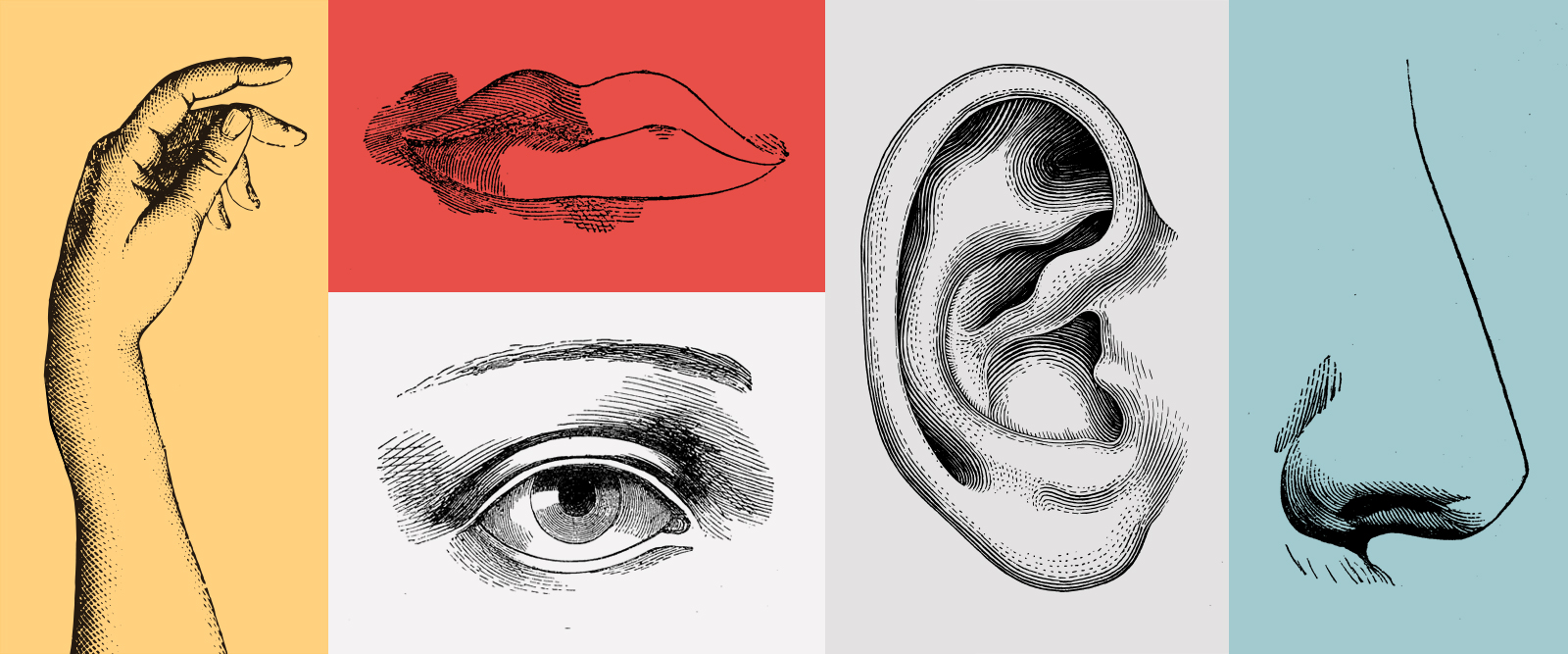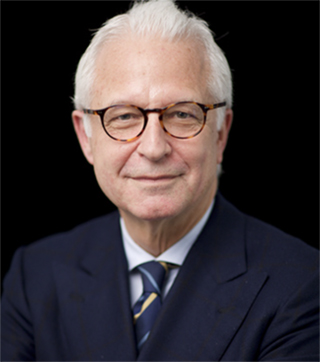The Science Behind Love: How Your Brain and Five Senses Help You Fall in Love
A leading neurosurgeon explains the role that our senses play in each stage of love, from lust to attachment.

As anyone who’s ever been in love knows, matters of the heart can be complicated. But did you know that the science behind love is just as complex? It’s one that involves not only chemical reactions in the brain, but also all five senses and their related organs.
“When people fall in love, there’s a lot happening at the neurochemical level,” says Dr. Philip Stieg, neurosurgeon-in-chief at NewYork-Presbyterian/Weill Cornell Medical Center and director of the Weill Cornell Medicine Brain and Spine Center.

Dr. Philip Stieg
While there’s no single pathway to falling in love, one possible reaction happens this way: After an initial spark with a person, the body may produce high levels of testosterone and estrogen, which drive intense feelings of lust. The brain then produces elevated levels of dopamine, which plays a role in how people experience pleasure, and norepinephrine, resulting in a faster heart rate, restlessness and loss of appetite — all signs of attraction. As people fall deeper into love, the brain floods again — this time with oxytocin, released when people are physically affectionate, and vasopressin, which generates the desire to protect one’s partner — creating feelings of attachment.
“Clearly, there’s no single ‘love spot’ in the brain telling us how to feel,” says Dr. Stieg. “That’s why we need all five of our senses to work in unison to help us identify desirable characteristics and guide us toward that perfect someone.”
Dr. Stieg spoke with Health Matters about the role each of the five senses plays when it comes to falling in love.
Sight
“When we see a person we consider beautiful, our brains trigger feelings of lust,” he says. And while studies have shown that men are more likely than women to be driven by visual stimuli, both sexes still experience higher levels of dopamine and lower levels of serotonin, which can lead to obsessive thinking when the moment strikes.
These reactions essentially shut down the regions of the brain that control social judgment and negative emotions. In this clouded state, people experience the type of passion associated with being starry-eyed or completely fixated on their love interest
Touch
Simple gestures such as holding hands or a gentle kiss fuel the release of both oxytocin, a result of the physical interaction, and dopamine, since touching is capable of evoking strong feelings of pleasure.
“It can also work in the reverse, though, causing us to fall out of love,” says Dr. Stieg. “If our other senses send us signals that interacting with a person through touch may be unwelcome or even dangerous, the sheer notion of touching that individual may manifest itself in feelings of disgust.”
Smell
Compared to most other animals, humans are not historically known for their keen sense of smell. However, when it comes to falling in love, recent research shows that people do, in fact, rely on their noses to perceive chemical signals in a potential mate. These signals, known as pheromones, give the brain subtle pieces of information that, in combination with our other senses, help people determine the viability of a budding love interest.
“Additionally, if you have a positive experience with someone whose smell you enjoy and to whom you’re attracted, your body’s dopamine system will register this interaction as a reward worth seeking again,” says Dr. Stieg.
From this point, the brain will correlate being in that person’s presence with the insatiable desire to do so over and over again.
Listen to This Is Your Brain With Dr. Phil Steig
Dr. Stieg talks with science writer and author Kayt Sukel on how sexual attraction can start with your nose.
Taste
Every person emits their own flavor through their breath, and people will often supplement or mask this flavor using sweets, such as mints or chewing gum, to boost their chances of being found more attractive. “This is done because humans are naturally drawn to sweet and salty flavors, instead of sour and bitter, and we see a connection between people experiencing a sweet taste and their perceiving someone in a romantic way,” he says.
Studies have found that after people who consumed something sweet (such as a sugary drink or a cookie) looked at a photo of a potential partner, they were more likely to desire a relationship with that individual. Tasting something sweet sets off the brain’s pleasure center, flooding it with dopamine and the strong urge to repeat the behavior — in this case, the reward of being with that other person.
“In part, this also helps explain why people use chocolates, candy, and other sweet treats as a means of seduction,” says Dr. Stieg.
Hearing
“Our ears play a pivotal role in stirring feelings of romantic love — whether listening to a partner’s pillow talk or speaking adoringly over the phone — yet what we say is just as important as how we say it,” he says.
Music also contributes to feelings of love; songs that have a shared meaning between two people can elicit a mutually positive response. By having joint musical interests, individuals can convey their feelings through lyrics and melodies, in hopes of imparting those emotions onto their partner’s brain.
“Love is incredibly perplexing,” says Dr. Stieg. “But that’s what makes it so alluring.”
Listen to more episodes of This is Your Brain With Dr. Phil Stieg.
Philip Stieg, Ph.D., M.D., is neurosurgeon-in-chief at NewYork-Presbyterian/Weill Cornell Medical Center, director of the Weill Cornell Medicine Brain and Spine Center, and Chairman of the Department of Neurological Surgery at Weill Cornell Medicine. He has developed an international reputation in the area of cerebrovascular disorders and skull base surgery and is considered one of the top neurosurgeons in the world for aneurysms, AVMs, carotid occlusion, and other cerebrovascular conditions. Dr. Stieg is the recipient of multiple awards and honors, including the 2018 Ellis Island Medal of Honor and the American Heart Association/Stroke Association’s 2018 National Stroke Hero.
